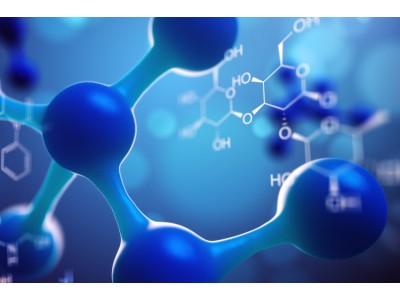| Bioactivity | Dehydroepiandrosterone sulfate, a neuroactive neurosteroid, plays a major role in brain development and aging by influencing the migration of neurons, arborization of dendrites, and formation of new synapses[1][2][3]. | ||||||||||||
| Invitro | Dehydroepiandrosterone sulfate (DHEAS) selectively increased the length of neurites containing the dendritic marker MAP-2[1].Dehydroepiandrosterone sulfate (DHEAS) has been reported to increase neuronal excitability (firing rate) when directly applied to septal-preoptic neurons[1].Dehydroepiandrosterone (DHEA) is produced in prodigious quantities by the humanadrenal, principally as the 3-sulfoconjugate DHEA sulfate (DS) during intrauterine life[2].Dehydroepiandrosterone sulfate (DHEAS) is generally nontoxic and lacks adverse side effects even when it is administered chronically[3]. | ||||||||||||
| In Vivo | DHEAS chronic administration produces a dose-dependent effect on performance[3]. Animal Model: | ||||||||||||
| Name | Dehydroepiandrosterone sulfate | ||||||||||||
| CAS | 651-48-9 | ||||||||||||
| Formula | C19H28O5S | ||||||||||||
| Molar Mass | 368.49 | ||||||||||||
| Appearance | Solid | ||||||||||||
| Transport | Room temperature in continental US; may vary elsewhere. | ||||||||||||
| Storage |
|
||||||||||||
| Reference | [1]. E E Baulieu, et al. Dehydroepiandrosterone (DHEA) and dehydroepiandrosterone sulfate (DHEAS) as neuroactive neurosteroids. Proc Natl Acad Sci U S A. 1998 Apr 14;95(8):4089-91. [2]. C R Parker Jr, et al. Dehydroepiandrosterone and dehydroepiandrosterone sulfate production in the human adrenal during development and aging. Steroids. 1999 Sep;64(9):640-7. [3]. Stuart W Hoffman, et al. The delayed administration of dehydroepiandrosterone sulfate improves recovery of function after traumatic brain injury in rats. J Neurotrauma. 2003 Sep;20(9):859-70. |

Dehydroepiandrosterone sulfate
CAS: 651-48-9 F: C19H28O5S W: 368.49
Dehydroepiandrosterone sulfate, a neuroactive neurosteroid, plays a major role in brain development and aging by influen
Sales Email:peptidedb@qq.com
This product is for research use only, not for human use. We do not sell to patients.